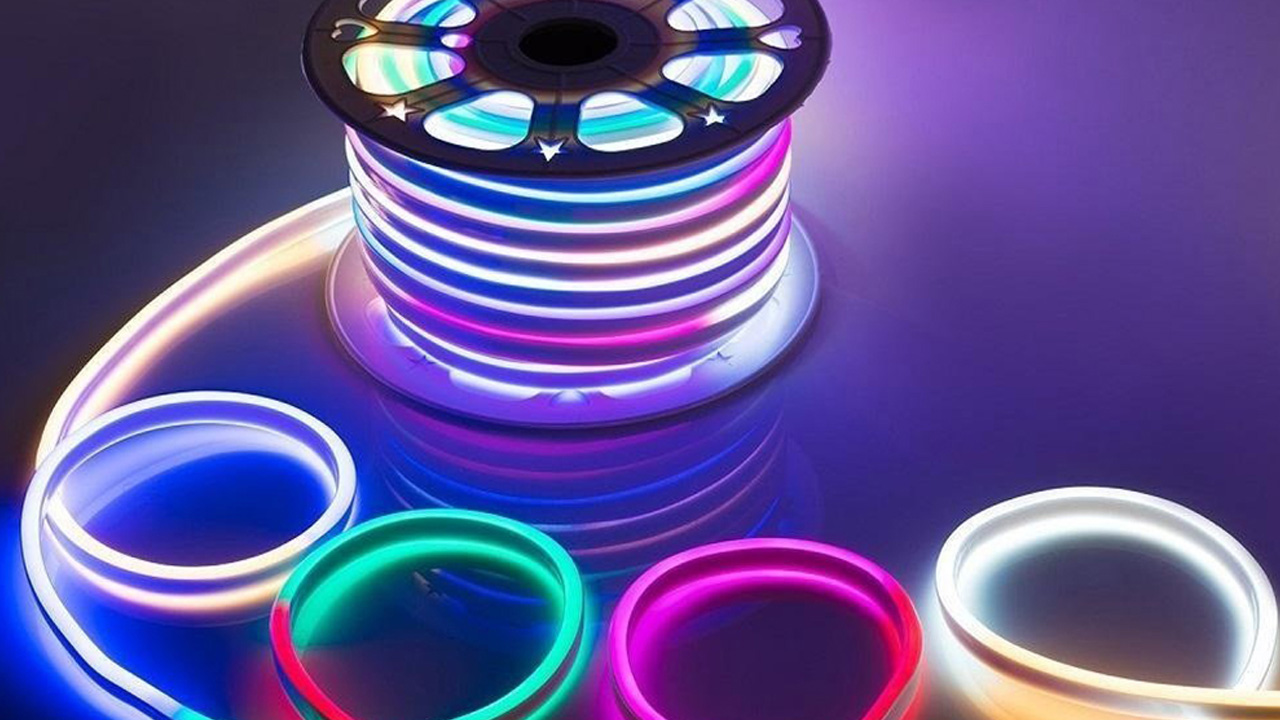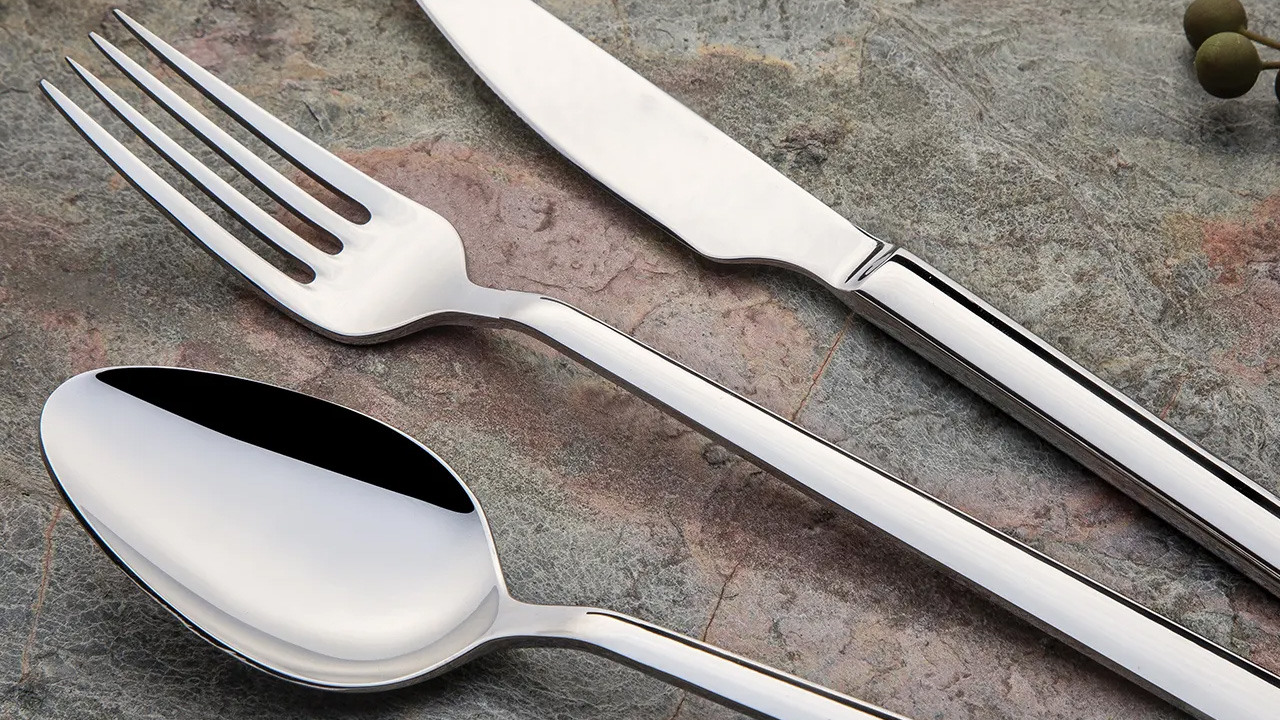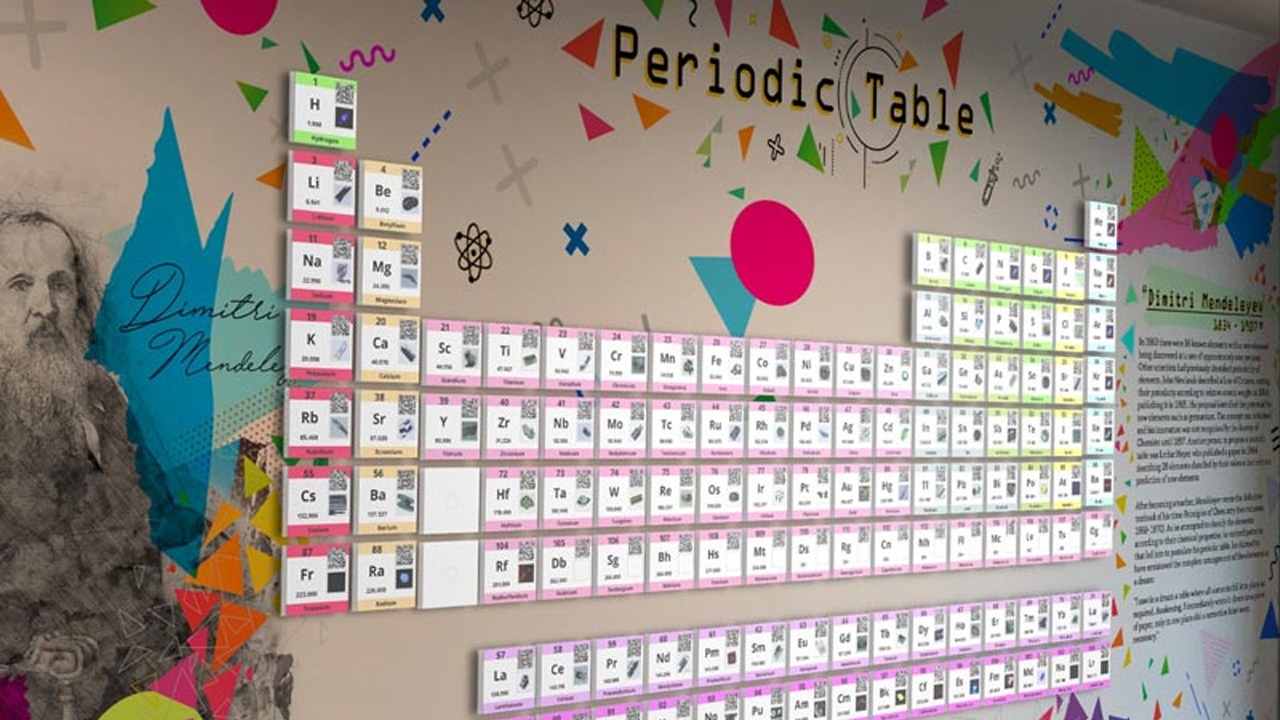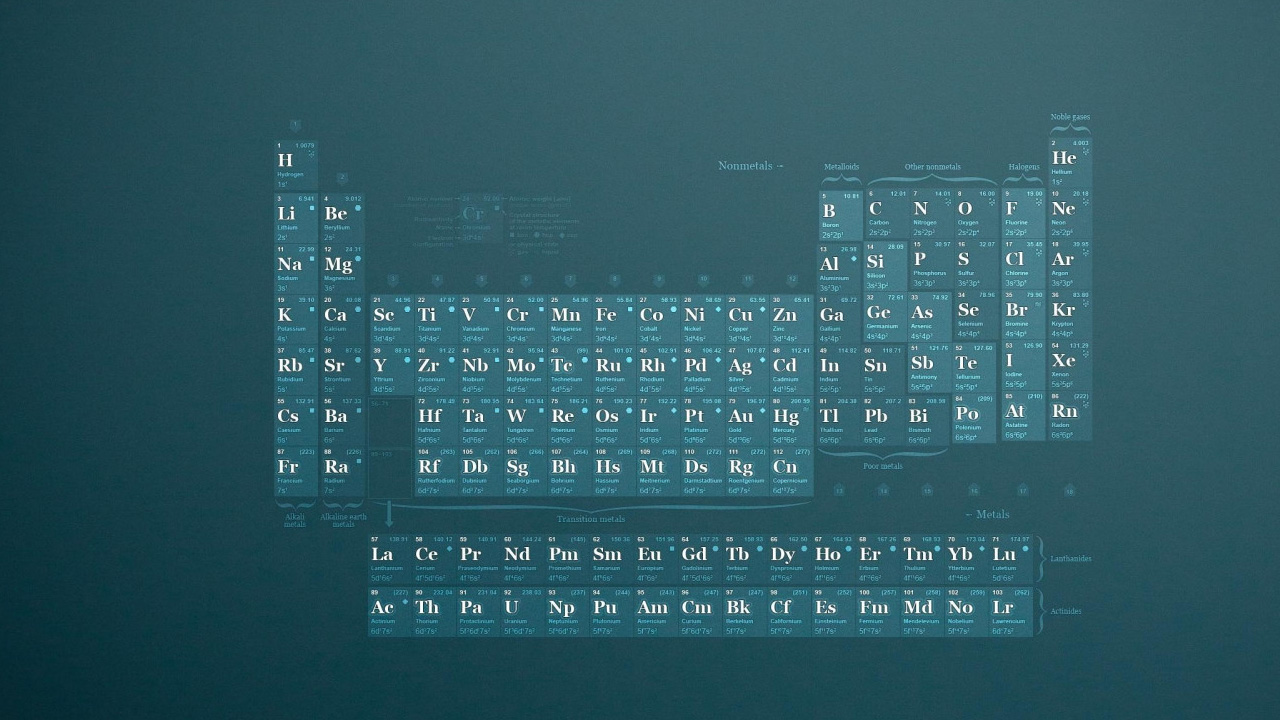Almost everyone is familiar with metals. They conduct heat and electricity, but also the opposite of metals. non-metallic consists. Non-metals have very different properties from metals and have almost nothing in common. While nonmetals are very sensitive and have different properties, their properties vary depending on the carbon atom they contain.
Non-metals are also used in areas we could never have imagined. Especially when it comes to cleaning, most of the cleaning products we use contain non-metals. If you use sink cleaners, we can say that non-metals help you a lot during the day. If you want, without further ado, What are non-metals, how are they structured, where are they used? Let’s answer questions like:
Content
What are non-metals?
What are the properties of non-metals?
What is the structure of nonmetals?
Where are non-metals used?
Do non-metals shine?
Are non-metallic insulators?
Which group do non-metals fall into?
What are non-metallic elements?

Non-metals are very different from metals and semi-metals. different they have a structure. If we have to summarize non-metals, we can most clearly and unambiguously say “elements that do not contain metallic properties”. Because they do not transfer heat and electricity like metal, they do not perform a current task. While nonmetals are the opposite of metals, they have a wide variety of uses. If we look at the periodic table, only 11 of the 118 elements in total have a non-metallic structure. Nonmetals take up very little space on the periodic table. But if we look at nature, they can be found in quite a large part, although their number is small.
For example, living things in our world require non-metals to carry out their vital activities. Because so much of our water and air non-metallic carried by.

- Non-metals are extremely brittle.
- Non-metals have a matte structure.
- They can make physical changes based on the room conditions they are in.
- It does not conduct electrical current at all, but provides heat conduction at a very low level.
- and – can form charged ions.
- If we look at their last layer, they certainly contain H(1), 4, 5, 6, 7 electrons.
- They occur in nature in both atomic and molecular form.
- Melting and boiling points are lower than metal elements.
- They can easily form bonds with metals or other non-metals.

- Nitrogen, oxygen and hydrogen can exist in gaseous form
- The element bromine occurs in liquid form.
- Iodine, carbon and sulfur elements can be found in solid form.
non-metallicmay vary depending on the temperature of the environment they are in. For example, nitrogen, chlorine, hydrogen and oxygen are gaseous at room temperature. Bromine is known as a liquid nonmetal. Elements such as phosphorus and sulfur are solid at room temperature. In short, non-metals can vary depending on the temperature of the room they are in.

- In industrial products
- In neon lighting
- in detergents
- Cleaning swimming pools
- When making hydrochloric acid
- In the production of disinfectants
- Cleaning drinking water
- In weed removal operations
- When making salty spirit
Generally, non-metallic in the cleaning room it is used quite a lot. However, non-metals are also included in neon lighting. So even if you don’t really know what it is, non-metals are very useful in your daily life. For example, we need it most during the pandemic. of disinfectants It even contained non-metals. However, we see that non-metals are also used in industrial products, which is a very broad area. If you often use pools and like to swim, non-metals will be useful for you. Because chlorine is generally used to clean swimming pools. If we look at the periodic table, we see that chlorine has a non-metallic structure. But not only in swimming, non-metals also have an excellent place in the cleaning phases of our drinking water.

We can say that this question is actually quite curious. There is some information that non-metals are shiny. But unfortunately non-metals have a shiny structure they are not. Unfortunately, it is not possible to bring them to a glossy structure. In fact, this is another feature that sets them apart from metals. Because metals are shiny. However, they can easily reflect light. If we make a general summary, metals have a shiny structure because they can easily reflect light and heat, and non-metals have a matte structure because they cannot reflect heat and light.

Yes, non-metals are very insulating. They do not conduct heat and electricity. They can only emit a very small amount of graphite. Furthermore, they do not broadcast in any way. Non-metals refract or transmit light directly through their structure. If we examine all non-metals, we can see that they can be found in nature in a colored or colorless form. As with all their other properties, these properties set them apart from metals. Because metals can easily conduct heat and electricity. Metals are conductive while nonmetals are completely insulating.

Let’s get to the position of nonmetals in the periodic table. There are 8 A and 8 B groups in the periodic table. Some are non-metallic and some have a metallic structure. Groups 1A, 2A and 3A in the periodic table contain metals. Hydrogen is of course not included. If we look at non-metals 4A, 5A, 6A and 7A available in groups. You can easily separate metals and nonmetals in the periodic table by marking the above groups.

- Iodine (V)
- Chlorine (Cl)
- nitrogen (N)
- argon (Ar)
- helium (he)
- Oxygen (O)
- Bromine (Br)
- Carbon (C)
- Sulfur (S)
- Phosphorus (P)
- Selenium (Se)
- Fluorine (F)
In total, 13 elements in the periodic table have a non-metallic structure. If you can’t find nonmetals by grouping them, you can easily track these elements. non-metallic You can divorce. When separating elements in the periodic table, pay attention to the correct order. Otherwise you may produce erroneous results.
For you what are non-metals, how are they structured, what are they? and where to use We answered frequently asked questions such as: We use non-metals in many areas of our daily life. You may be working with non-metals every day, especially if you clean regularly. Nonmetals take up a lot of space in our periodic table, although they may seem small. What do you think of non-metals? Don’t forget to share with us.





















